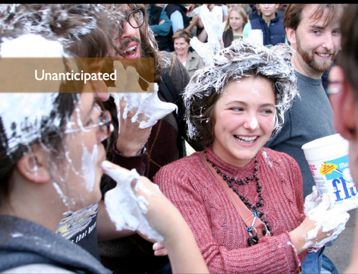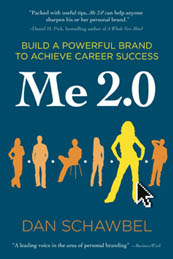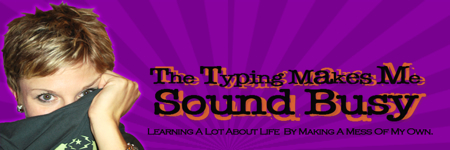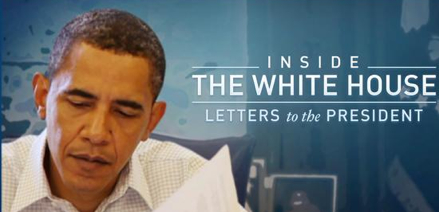Marshall Ganz, a lecturer in public policy at Harvard’s Kennedy School of Government and a civil-rights activist has written a thought-provoking article, Why Stories Matter: The Art and Craft of Social Change on the site Sojourners Magazine.
Ganz notes that it’s not effective to simply tell people to follow the values of social change you are hoping to imbue in them. Instead, he writes, “we talk about them in the language of stories because stories are what enable us to communicate these values to one another.”
Ganz cites three parts of every story: “a plot, a protagonist, and a moral.”
He writes of plot: “What makes a plot a plot? What gets you interested? Tension. An anomaly. The unexpected. The uncertain and the unknown. … We are all infinitely curious in learning how to be agents of change, how to be people who make good choices under circumstances that are unexpected and unknown to us.”
The protagonist’s choice results in the moral, Ganz writes:
The outcome teaches a moral, but because the protagonist is a humanlike character, we are able to identify empathetically, and therefore we are able to feel, not just understand, what is going on.
A story communicates fear, hope, and anxiety, and because we can feel it, we get the moral not just as a concept, but as a teaching of our hearts. That’s the power of story. That’s why most of our faith traditions interpret themselves as stories, because they are teaching our hearts how to live as choiceful human beings capable of embracing hope over fear, self-worth and self-love over self-doubt, and love over isolation and alienation.
The key question Ganz raises is:
HOW DO WE recapture that power of public narrative and learn the art of leadership storytelling?
Ganz asserts that a leader must first tell a story of self: “You don’t have any choice if you want to be a leader. You have to claim authorship of your story and learn to tell it to others so they can understand the values that move you to act, because it might move them to act as well.”
The second story is the story of us, and the third is the story of now, Ganz writes:
[The story of us] is an answer to the question, Why are we called? What experiences and values do we share as a community that call us to what we are called to? What is it about our experience of faith, public life, the pain of the world, and the hopefulness of the world? It’s putting what we share into words.
The fierce urgency of now … is realizing, after the sharing of values and aspirations, that the world out there is not as it ought to be. Instead, it is as it is. And that is a challenge to us. We need to appreciate the challenge and the conflict between the values by which we wish the world lived and the values by which it actually does. The difference between those two creates tension. It forces upon us consideration of a choice. What do we do about that? We’re called to answer that question in a spirit of hope.
Our goal is to meet this challenge, to seize this hope, and turn it into concrete action. After developing our stories of self, then we work on building relationships, which forms the story of us.
Here are individuals and organizations that are telling the story of us and the story of now:
-
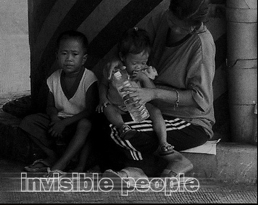 “The face and voice of homelessness” (I could not find any other name) explains the vlog Invisible People:
“The face and voice of homelessness” (I could not find any other name) explains the vlog Invisible People:
For years I’ve used the lens of a television camera to tell the stories of homelessness and the organizations trying to help. That was part of my job. The reports were produced well and told a story, but the stories you see on this site are much different. These are the real people, telling their own, very real stories… unedited, uncensored and raw.
The purpose of this vlog is to make the invisible visible. I hope these people and their stories connect with you and don’t let go. I hope their conversations with me will start a conversation in your circle of friends.
After you get to know someone by watching their story, please pause for a few moments and write your thoughts in the comments section, or maybe email them to a friend and link back to this vlog. By keeping this dialog open we can help a forgotten people.
-
- Fonografia Collective is dedicated to bringing local and international stories about human rights and social issues to a
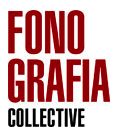 wider audience. By combining traditional approaches with multimedia storytelling, we focus on how important global issues like development, economic trends, the environment, health care, immigration, or poverty affect people’s everyday lives. Since 2005, these stories have taken us to the U.S.-Mexico border, Panama, Mexico, Brazil, Bolivia, Venezuela, Peru, Turkey, and Haiti.
wider audience. By combining traditional approaches with multimedia storytelling, we focus on how important global issues like development, economic trends, the environment, health care, immigration, or poverty affect people’s everyday lives. Since 2005, these stories have taken us to the U.S.-Mexico border, Panama, Mexico, Brazil, Bolivia, Venezuela, Peru, Turkey, and Haiti.
-
 Mike Best of Georgia Tech collects stories in post-conflict environments, countries recovering from civil war, genocide or other disasters using a tool he and his team developed, called MOSES; i.e., Mobile Story Exchange System (which doesn’t seem to have its own Web site but is explained here and here). As Ethan Zuckerman notes, “most of the people Mike works with were forced out of school by war and are illiterate.” MOSES “allows participants to record and browse videos using an interface that uses pictures and speech, though no text. The system is portable and was moved throughout the country, tested in different areas. Mike’s team uses a model called HDF — heuristic evaluation, diaspora evaluation and field evaluation – to sharpen the designs. This allows a team based in Atlanta, Georgia to try and develop tools that can work in Liberia. … The system has generated hundreds of videos, and thousands of Liberians have participated.”
Mike Best of Georgia Tech collects stories in post-conflict environments, countries recovering from civil war, genocide or other disasters using a tool he and his team developed, called MOSES; i.e., Mobile Story Exchange System (which doesn’t seem to have its own Web site but is explained here and here). As Ethan Zuckerman notes, “most of the people Mike works with were forced out of school by war and are illiterate.” MOSES “allows participants to record and browse videos using an interface that uses pictures and speech, though no text. The system is portable and was moved throughout the country, tested in different areas. Mike’s team uses a model called HDF — heuristic evaluation, diaspora evaluation and field evaluation – to sharpen the designs. This allows a team based in Atlanta, Georgia to try and develop tools that can work in Liberia. … The system has generated hundreds of videos, and thousands of Liberians have participated.”
- PCI-Media Impact “uses creative media to mobilize individual,
 community and political action in the areas of sexual and reproductive health, HIV/AIDS, environmental conservation and sustainable development, and human rights and democracy.” See examples here.
community and political action in the areas of sexual and reproductive health, HIV/AIDS, environmental conservation and sustainable development, and human rights and democracy.” See examples here.
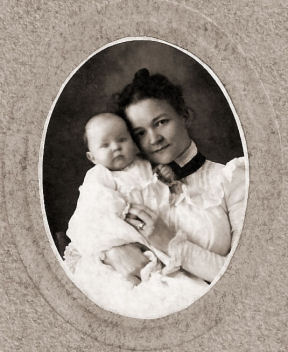 ). Poor Grace was in no shape to record her story for posterity, but her life is such a mystery that it would have been nice if her loved ones had left more information. It’s probably testimony to the shame attached to mental illness that they didn’t.
). Poor Grace was in no shape to record her story for posterity, but her life is such a mystery that it would have been nice if her loved ones had left more information. It’s probably testimony to the shame attached to mental illness that they didn’t.






